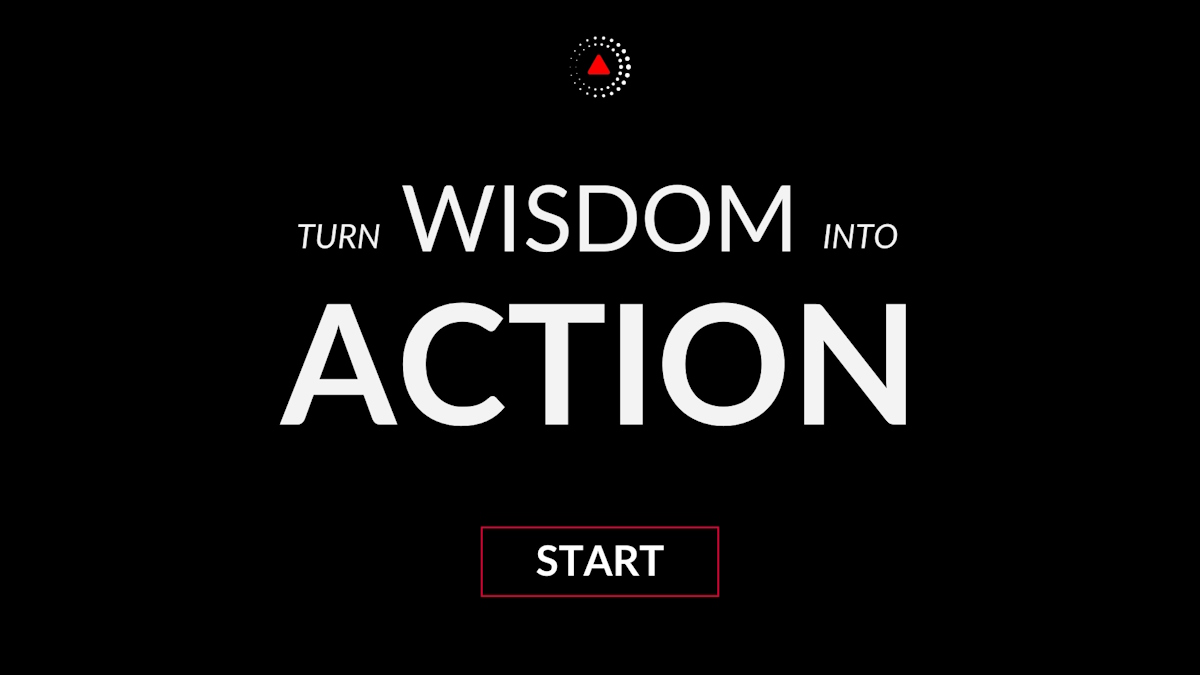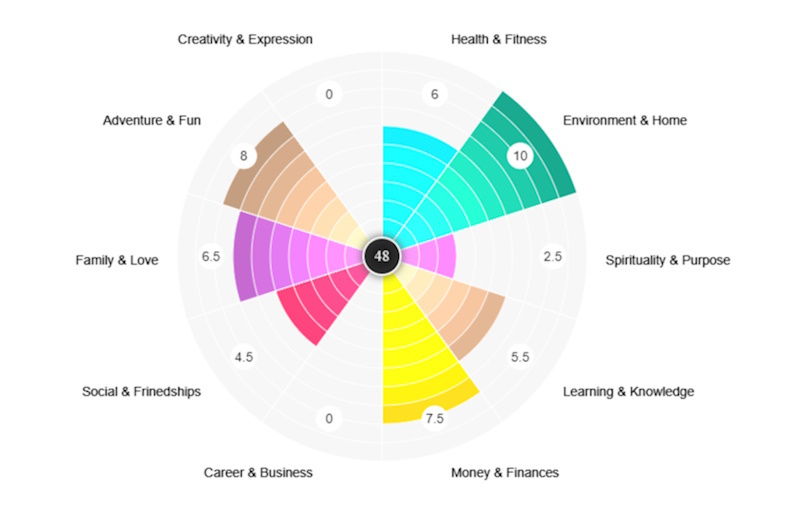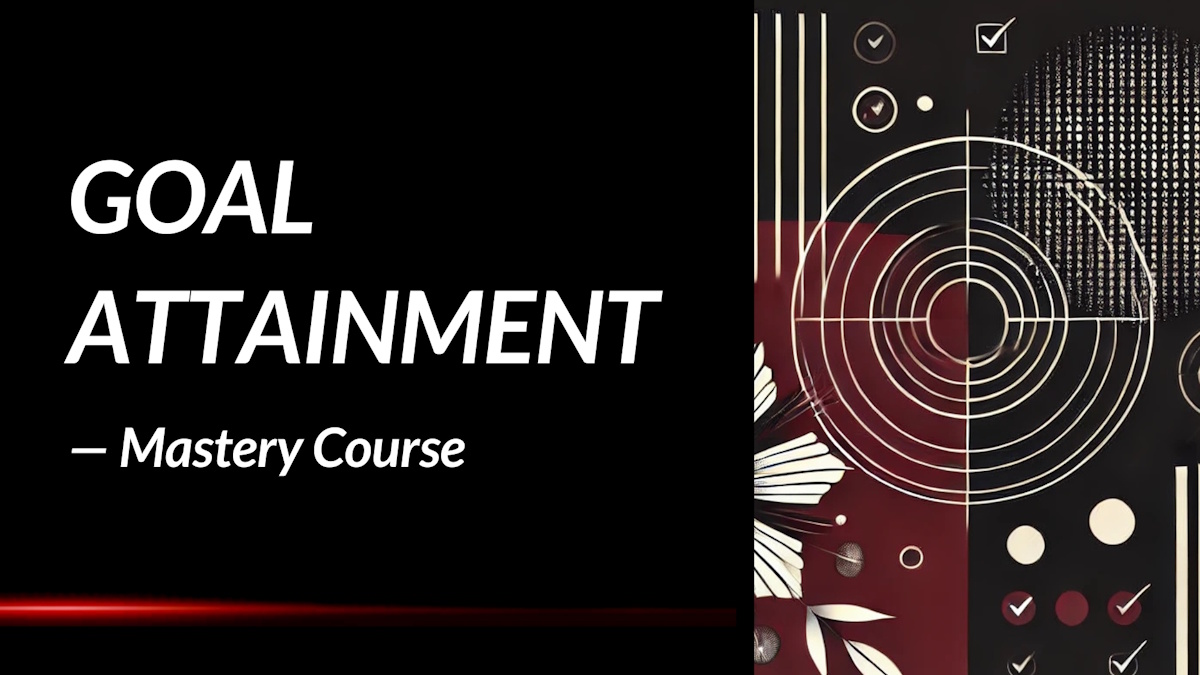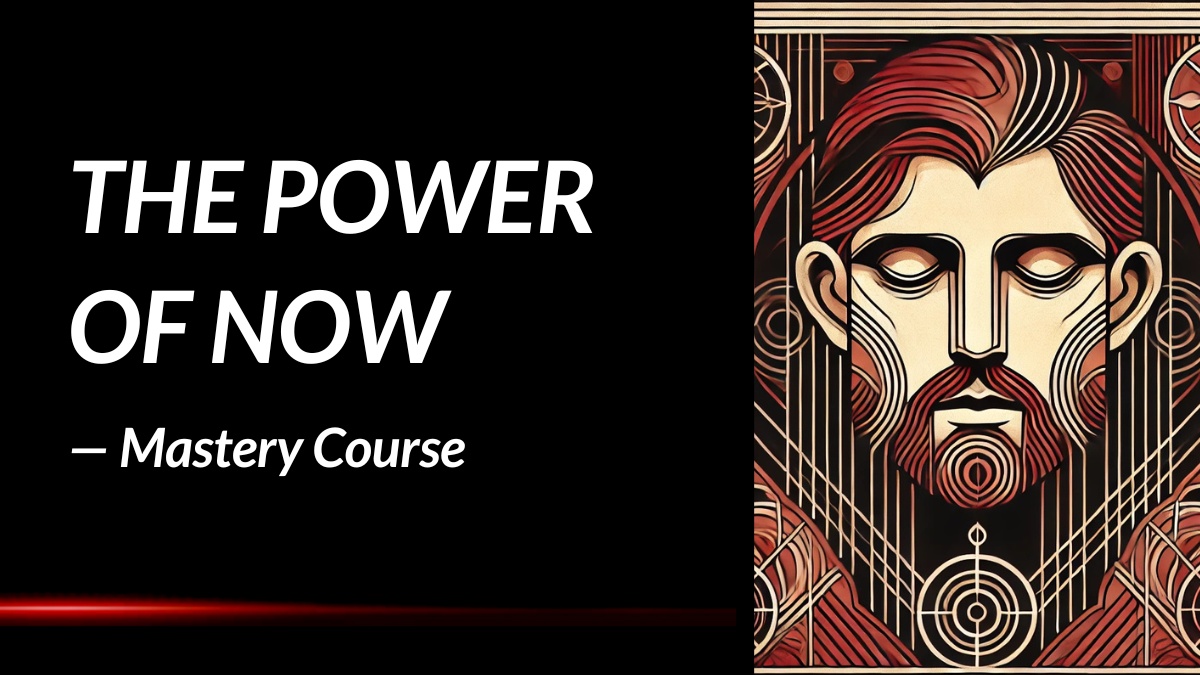In the middle of chaos lies opportunity.
What's the meaning of this quote?
Quote Meaning: "In the middle of chaos lies opportunity" encapsulates a profound truth about the nature of adversity and human potential. At first glance, chaos may seem overwhelming, disorienting, and devoid of any positive aspect. Yet, within this tumultuous environment, there exists a hidden potential waiting to be discovered and harnessed.
Chaos represents disorder, uncertainty, and upheaval—conditions that often provoke fear and anxiety. It may manifest in various forms, from personal crises to global pandemics, economic downturns, or natural disasters. In such moments, it's natural to feel overwhelmed or defeated, as if all hope is lost. However, embedded within chaos is the potential for growth, innovation, and transformation.
Opportunity emerges amidst chaos precisely because it disrupts the status quo. When familiar structures break down, new possibilities emerge. In times of crisis, people are forced to adapt, think creatively, and seek alternative solutions to navigate the challenges they face. This necessity breeds innovation, as individuals and communities are compelled to explore uncharted territories and experiment with novel approaches.
Moreover, chaos often serves as a catalyst for personal and collective growth. Adversity tests our resilience, resourcefulness, and resolve, pushing us beyond our comfort zones and forcing us to confront our limitations. In the process, we discover untapped strengths, develop new skills, and cultivate a deeper understanding of ourselves and the world around us. It's during these trying times that individuals often undergo profound personal transformations, emerging stronger, wiser, and more resilient than before.
Furthermore, chaos disrupts entrenched power structures and societal norms, creating openings for change and progress. In moments of upheaval, people are more receptive to new ideas and alternative ways of thinking. This fertile ground for innovation allows for the emergence of transformative movements, social reforms, and paradigm shifts that can reshape the fabric of society.
However, seizing opportunities in the midst of chaos requires courage, vision, and adaptability. It demands a willingness to embrace uncertainty, take calculated risks, and step into the unknown. It also requires resilience in the face of setbacks and failures, as not every endeavor will succeed. Yet, those who dare to venture into the chaos with an open mind and a sense of purpose may find themselves rewarded with newfound possibilities and unforeseen opportunities for growth and fulfillment.
Ultimately, "in the middle of chaos lies opportunity" reminds us that adversity is not merely a barrier to overcome but a crucible for transformation and renewal. By embracing the inherent potential within chaos, we can harness its energy to catalyze positive change, both in our own lives and in the world at large. It's a testament to the resilience of the human spirit and our capacity to find meaning and purpose even in the most challenging of circumstances.
Who said the quote?
The quote "In the middle of chaos lies opportunity." is often attributed to Bruce Lee (Bio / Quotes). Bruce Lee was a Hong Kong-American martial artist, actor, and philosopher who is widely regarded as one of the most influential figures in the history of martial arts.
Is there a historical example that illustrates the message of the quote?
One powerful historical example of the quote "In the middle of chaos lies opportunity" can be seen in the aftermath of World War II. The devastation and disorder following the war created a landscape of chaos across Europe. Cities were in ruins, economies were shattered, and political systems were unstable. However, this period of turmoil also presented significant opportunities for reconstruction and innovation.
One notable figure who recognized and seized these opportunities was Winston Churchill. While many were focused on the immediate challenges of rebuilding, Churchill saw a chance to reshape the post-war world. His efforts in establishing the United Nations, promoting European integration, and advocating for new economic policies helped lay the groundwork for a more stable and prosperous era.
In particular, the Marshall Plan, an American initiative to aid Western Europe's recovery, is a striking example of finding opportunity in chaos. The plan, introduced in 1948, not only provided essential financial aid but also fostered economic cooperation and political stability. It helped rebuild European economies, staved off the spread of communism, and created a stronger foundation for international alliances. This period of chaos thus became a springboard for remarkable economic growth and political stability in the decades that followed.
How can the quote be applied in a real-life scenario?
Applying the quote "In the middle of chaos lies opportunity" to a real-life scenario can be particularly relevant in situations where unexpected disruptions or challenges occur. Consider, for example, a startup business facing a sudden market shift or economic downturn. At first glance, such chaos can appear as a significant threat, threatening the business's survival. However, this disruption can also present unique opportunities.
For instance, if a startup is operating in a sector that experiences a rapid technological change or a shift in consumer preferences, it can leverage this chaotic situation to pivot its strategy. By quickly adapting to the new market conditions, the business can position itself as a leader in emerging trends. It might introduce innovative products or services that address new customer needs or gaps created by the upheaval.
Moreover, in personal life, chaos can often lead to opportunities for growth and transformation. Imagine someone who loses their job due to company downsizing. While this situation is undoubtedly challenging, it can also be an opportunity to reassess career goals and pursue a new path. This might be the perfect moment to explore different industries, gain new skills, or start a business venture that was previously considered too risky.
In both scenarios, the key is to maintain a proactive mindset and look for the potential benefits that can arise from the disruption. By embracing the chaos as a catalyst for change and opportunity, individuals and organizations can turn adversity into a powerful driver for innovation and progress.
Chief Editor
 Tal Gur is an author, founder, and impact-driven entrepreneur at heart. After trading his daily grind for a life of his own daring design, he spent a decade pursuing 100 major life goals around the globe. His journey and most recent book, The Art of Fully Living, has led him to found Elevate Society.
Tal Gur is an author, founder, and impact-driven entrepreneur at heart. After trading his daily grind for a life of his own daring design, he spent a decade pursuing 100 major life goals around the globe. His journey and most recent book, The Art of Fully Living, has led him to found Elevate Society.



















